Plan Info
The Crucifixion of Jesus: A Six-Day Meditation on Christ’s Ultimate SacrificeSample
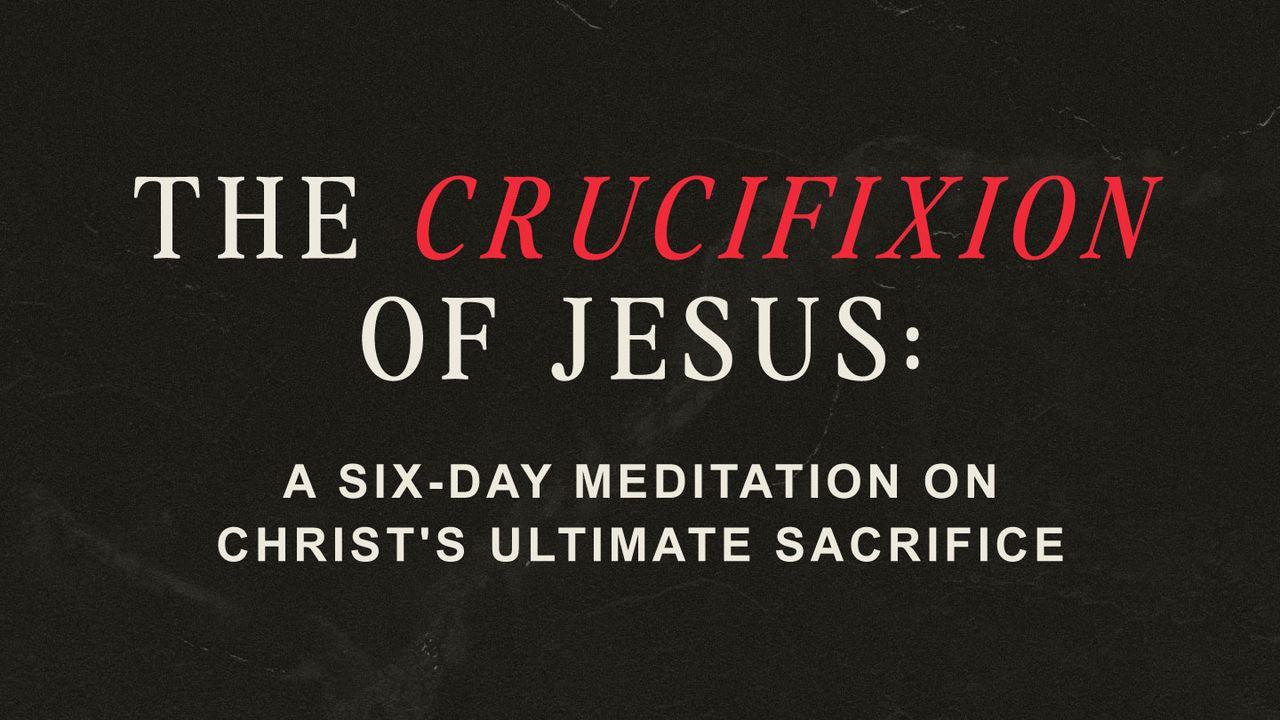
Their destination is one of the few Aramaic words that break into our English Bibles: Golgotha. It means “place of the skull,” either for the shape of a human skull on the cliffside just outside the city walls, or for the number of human remains scattered in the vicinity. When they reach the place, Jesus is offered (likely by his female disciples) a mix of wine and myrrh, meant to help deaden the agony of crucifixion. It is by no means a sedative, but more of a mild analgesic. But after tasting it, Jesus refuses to take the painkiller.
The soldiers then crucify Jesus with the two other criminals—not likely mere thieves if they’re receiving the death penalty—placing one on each side of the rabbi (John 19:18). Romans crucify their enemies in one of four ways, but the gospel writers do not specify the method used on Jesus.
The first and most primitive option is the crux simplex, a straight pole without a crossbeam. The victim is either impaled upon the pole (as in Ezra 6:11), or they are nailed to it with their arms stretched above their head. A single spike is driven through crossed wrists into the stake, with a second spike driven through crossed ankles.
But more often than not, a crossbeam is used, as in the T-shaped crux commissa. In this instance, the victim’s arms are nailed to the crossbeam, or their arms and elbows are draped and tied over the beam. If a cross is not available, a victim can be affixed to a tree trunk with his arms nailed to the branches. Having a crossbeam prolongs the victim’s suffering compared with having the hands nailed above the head, the latter of which can induce death by suffocation in less than an hour.
The crux decussata is X-shaped. The Roman numeral X is our ten, and their decussis coin was worth ten of the next smaller coin. Now known as a saltire or St. Andrew’s cross, the victim is nailed and tied in a spread-eagled position.
The crux immissa has a horizontal crossbeam, called a patibulum, affixed to an upright pole (called a stipe) in the shape of a lower-case t. This is the shape that will become the macabre symbol of Christianity. Immissa means “inserted”—in this case, connoting how the patibulum inserts into the vertical stipe by way of a mortise and tenon joint. There are two variations on this cross, namely, the crux sublimis (the tall cross) and the crux humilis, which could stand the victim just a few inches above eye level. A wooden sedulum can be affixed halfway down the cross to act as a makeshift seat, and in later times a second block of wood, called a suppedaneum, would very rarely be added under the feet.
These are not the only ways to crucify a victim. The Romans executed so many thousands during the Siege of Jerusalem that they took it upon themselves to concoct new methods and bodily arrangements. Josephus writes in The Jewish War, “The soldiers, out of the wrath and hatred they bore the Jews, nailed those they caught, one after one way and another after another, to the crosses, by way of jest.” Seneca wrote to his friend Marcia (Moral Essays), “I see instruments of torture, not indeed of a single kind, but differently contrived by different peoples; some hang their victims with head toward the ground, some impale their private parts, others stretch out their arms on a fork-shaped gibbet; I see cords, I see scourges, and for each separate limb and each joint there is a separate engine of torture.” In other cases, they simply drive the stake “straight through a man until it protrudes from his throat.”
Based on the length of time Jesus suffers, let us presume that he is not crucified on a simplex. Knowing Andrew’s future request to be killed in a different shape as his rabbi, we can also rule out the saltire. This leaves us with an upright pole and a horizontal crossbeam. The low capital-T cross is the preferred shape in Palestine in the first century, but we cannot say for sure that it was not a high T.
Jesus is stripped naked—the entire purpose of this public execution is to induce as much shame and humiliation as possible—and his arms are stretched along the crossbeam as he lies in the dirt, his open wounds making blood-mud on the ground. Some victims have their arms tied, while others are nailed through the hands or wrists. John says his rabbi is indeed nailed to the cross; crucifixion spikes that have been found are roughly six inches in length with a square shaft. Each hammer blow sends shockwaves of agony through Jesus’s nervous system.
Scripture
About this Plan
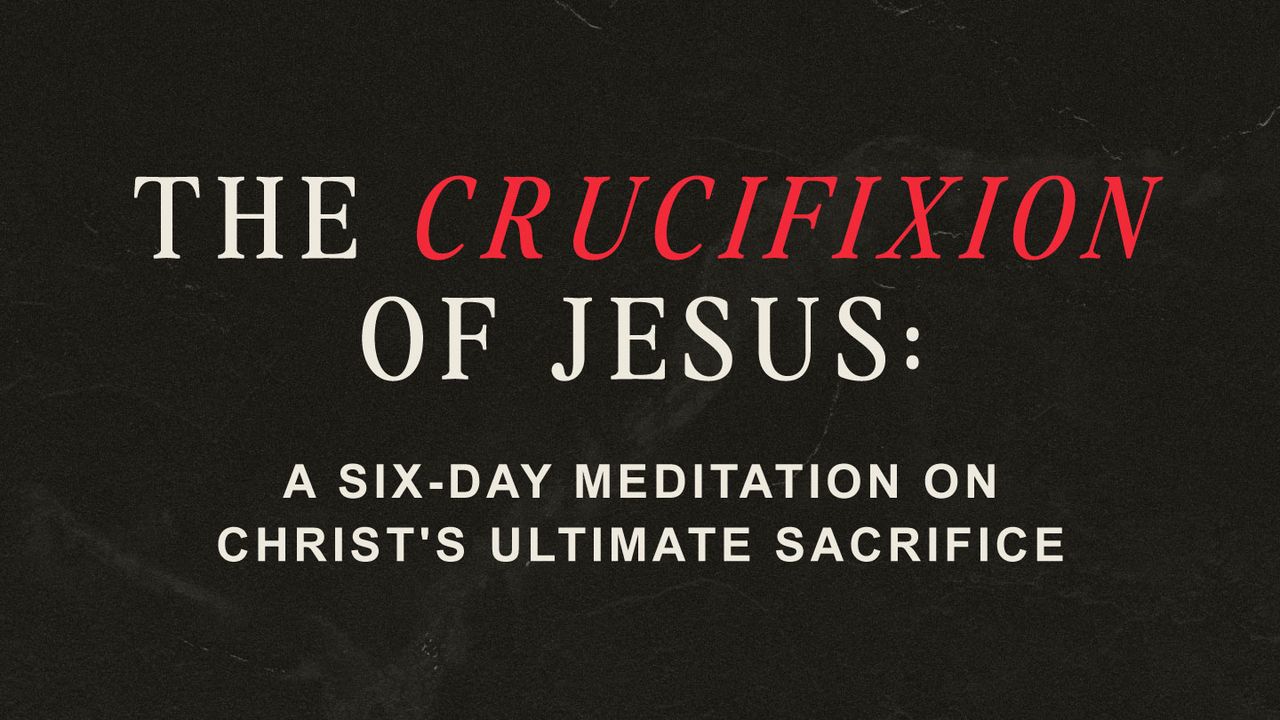
Jared Brock, award-winning biographer and author of A God Named Josh, takes the account of Jesus’s crucifixion and deftly explores the history, science, theology, and philosophy of Christ’s voluntary sacrifice. In this 6...
More
We would like to thank Baker Publishing for providing this plan. For more information, please visit: https://bakerbookhouse.com/products/466100
Related Plans
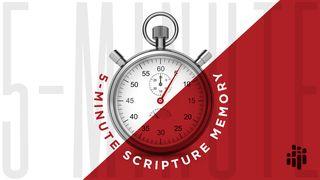
5 Minute Scripture Memory

Keep the Faith in a World Turned Upside Down by Dr. David Jeremiah

I Shouldn't Feel This Way by Dr. Alison Cook

From Now On

Hope Beyond Circumstances

What If...
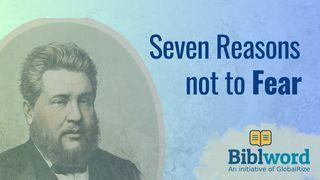
Seven Reasons to Not Fear
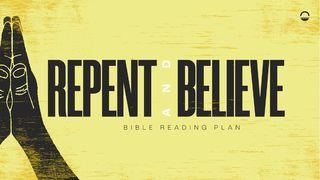
Horizon Church May Bible Reading Plan: Repent and Believe - the Gospel of Mark

At the Feet of Jesus
